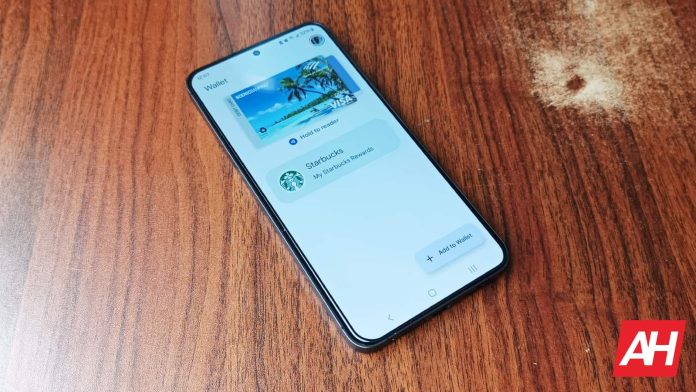[ad_1]
Google Wallet is gradually asking users to unlock their Android devices for every transaction. Previously, micropayments could be executed without needing a fingerprint scan or passcode entry for authorization.
Several users have realized that the tap-to-pay feature of Google Wallet doesn’t allow them to make a quick payment. Instead, it is now forcing users for a pattern or fingerprint to unlock their smartphones and authorize the payment.
Smaller payments are no longer convenient on Android smartphones with Google Wallet
Credit cards with a tap-to-pay feature allow users to merely place their cards on a PoS (Point of Sale) device to execute a payment. However, such transactions never exceed a particular threshold. Higher denomination transactions require users to authorize payments using a PIN.
Google Wallet has mimicked this behavior since its launch. The monetary value that is defined as “smaller payments” isn’t the same everywhere. It’s €25 in Belgium, €30 in France, 100 PLN in Poland, or €50 in Germany. Other countries, and even banks, have their limits. Moreover, buyers can make a limited number of purchases using a “locked” device or card before they are asked to authorize payments.
A few major banks in America allowed Google Wallet users to make payments below $50 without unlocking their smartphones. However, this is no longer the case. Late last month, Google updated a support page for the app.
“Coming soon, your credit and debit card won’t be charged for retail payments unless you’ve recently used a verification method, like your fingerprint or PIN. Some users may already need to verify to make a payment. If you’re asked to verify it’s you, complete verification steps on your device to make a payment.”
Device unlock is now mandatory for all payments with Google Wallet
Moving forward, every transaction, irrespective of the amount, will need users to unlock their Android smartphones. In other words, even a 1$ transaction for a can of Coke will demand a PIN or fingerprint before it allows the payment to go through.
Incidentally, Apple has always been way more cautious with tap-to-pay transactions. On an iPhone, users have to authenticate every payment session, irrespective of the amount.
Google appears to have adopted the same strategy. The company has essentially added a layer of security for every tap-to-pay transaction.
Several users have welcomed the change after realizing how it boosts security and protects them from fraud or theft. However, this has invariably caused some inconvenience. Needless to mention, credit cards with tap-to-pay are now faster than Google Wallet in some cases involving micro-payments. To address this, Google could have allowed users to set custom limits for micropayments without authorization.
Google Wallet users can speed up the transaction by keeping their Android smartphones unlocked. This is because the app does not ask users to re-authenticate at the time of payment. This also allows users to quickly scan a QR code if it is presented at checkout or billing.
Google wallet verification each time with small payment. S23u…
byu/nssoundlab inGoogleWallet
[ad_2]
Source link
